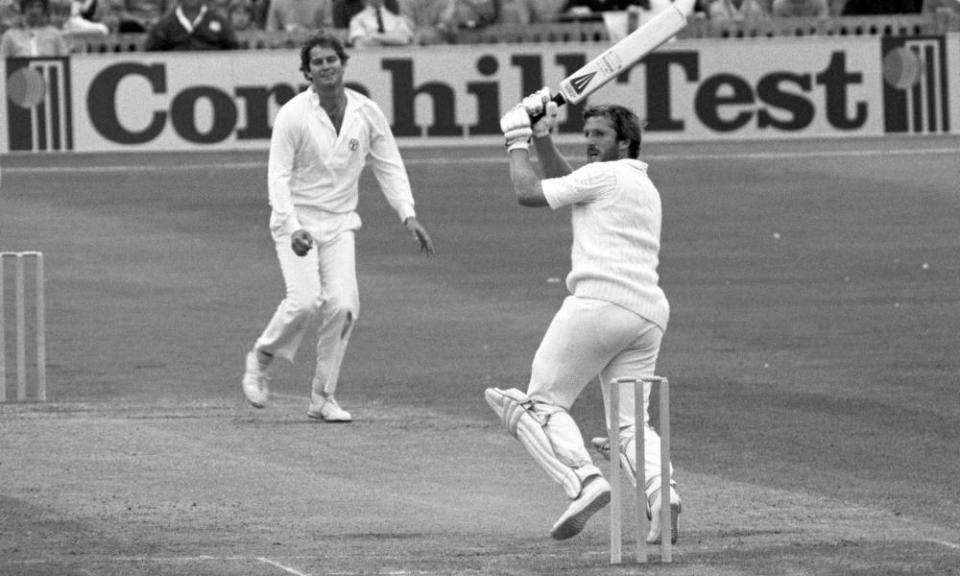It would be a tragedy if Gerry Dalton’s fantastic creatures are lost forever
A masterpiece in peril
A marvel stands close to destruction. It is, or was, a dream world, created in a modest ground-floor flat, in which handmade statues and models conjured a fantastical and personal version of history. Brightly coloured, staring-eyed figures – Haydn, “a woman of the 1950s”, Marshal Ney, the Earl of Tyrconnell, “Duchess of Portsmouth Mistress to Charles the Second” – cohabited with whitewalled versions of Buckingham Palace and St Paul’s Cathedral. All stood against a backdrop of royal portraits, copies of old masters and fading 1970s wallpaper. They spread out of the garden on to the bank of the Grand Union canal in west London, where they formed a striking contrast to the brutalist monolith of the nearby Trellick Tower.
It was the decades-long work of Gerry Dalton, sometime factory, restaurant and postal worker, who left school at 14 and arrived in Britain from Ireland in 1959. “I never thought I would do so much, but I did” is how he explained it. “One thing is, it kept me off the streets.” He also said that “they’ll be astonished by what they find in my garden in years to come. It’ll be like Pompeii or something”, for which reason his neighbours called it Gerry’s Pompeii.
It was an untutored version of the famous house-museum that John Soane built in London’s Lincoln’s Inn Fields, also a rare example of a phenomenon that pops up occasionally around the world, such as the Watts Towers in Los Angeles and the Palais Idéal at Hauterives in France. These, too, were the singular constructions of solitary visionaries and are now popular places to visit.
Dalton died a year ago, since when a vigorous campaign has been launched to save his work. The Arts Council, the Museum of London, the mayor of London, the National Trust, Jarvis Cocker, Paloma Faith, Stephen Fry and Suggs from Madness have backed it; £275,000 has so far been raised towards its preservation. Then, over the past 10 days, Dalton’s nephew, John Elliott, a Dublin lawyer, sent round removal men to take away the statues and models. He hasn’t yet explained his reasons, but there may still be a chance that they could be reinstated. If he were to permit this, he would be doing a great thing for both Irish and British heritage.
Bridge of hope
Last week, the Genoa San Giorgio bridge, designed by the locally based world-famous architect Renzo Piano, officially opened. It is less than two years after the collapse of its predecessor, the Morandi bridge, with the loss of 43 lives. Most of the relatives of the victims understandably didn’t feel there was much to celebrate and stayed away from the ceremony. But it does at least give some hope, in this year of disasters, that it is possible to come back from them.
Bothamism lives on

I don’t know much about cricket, but I am aware that the English team was blighted for two decades by what might be called Bothamism – the belief that deficiencies in planning, organisation, training and leadership could be outweighed by the exploits of one extraordinarily talented individual. Sometimes, while he was in the team, it worked. After he retired, it was catastrophic, with management and media forever wrecking the prospects of some vaguely promising all-rounder by placing the burden of being “the new Botham” on his shoulders. Which makes him a fitting recipient of a peerage from Boris Johnson’s government, which similarly seems to think that a chaotic Brexit can be rescued by some singularly British genius. The trouble is, there is no sign of anyone being as good at government as Ian Botham was at cricket.
• Rowan Moore is the Observer’s architecture critic


